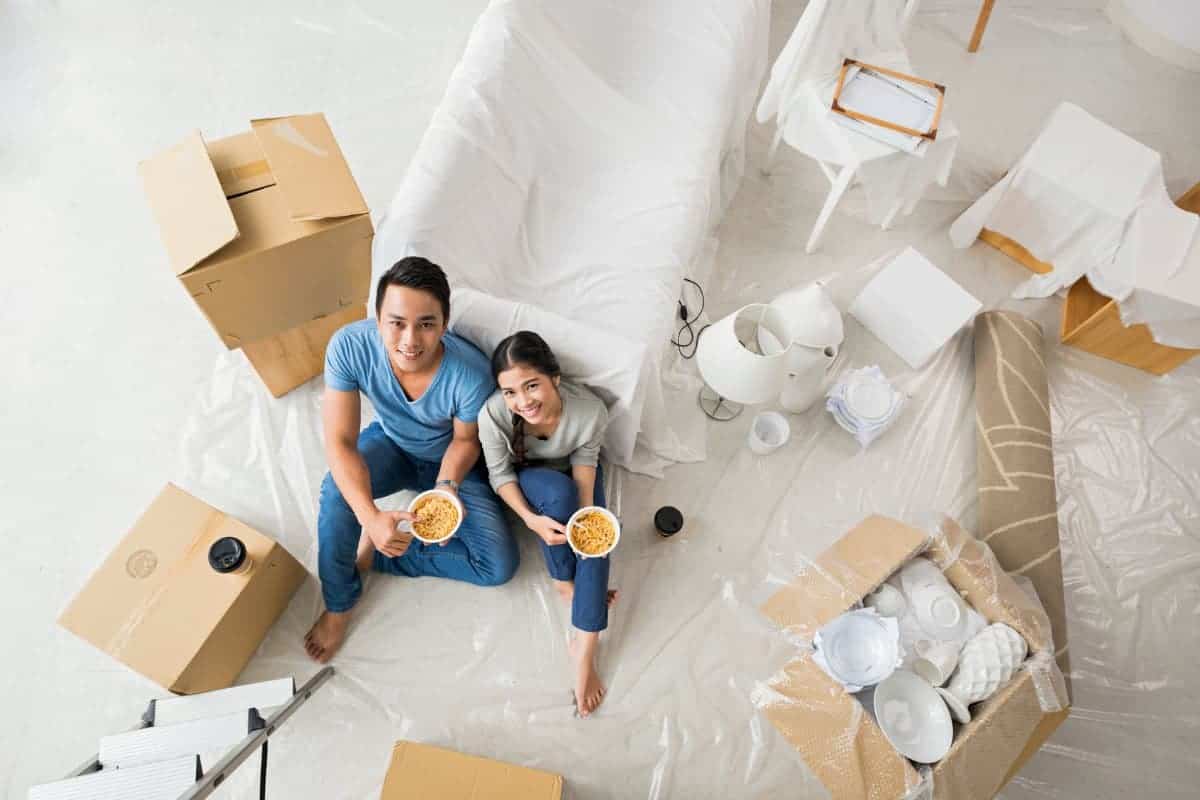
It’s no secret that our environments influence the way we think, feel and act. Most people desire good health and for most people, their home is the environment they are most often surrounded by. Everyone deserves to a live happy, healthy life and can start by creating a home environment optimal for health.
Would you like to attain happiness, contentedness or joy in your daily life? Are you trying to eat healthier or exercise more? Both mental and physical health are important to your overall well-being and both are easier to achieve when you reduce stress and encourage better eating habits at home. Taking these steps to make changes in your home will create an optimal environment for making healthy choices that you can carry into the other areas of your life.
Reduce Stress and Fatigue
Stress reduction is the first step toward living a healthy life, because stress is a large determinant of good health. Continuous or chronic stress can cause muscle tension, headaches and migraines, heart problems, adrenal fatigue, nausea, overeating and is overall draining for your energy levels.
Once all of the controllable stressors are removed from your life, you can more easily take positive proactive steps toward health.
The first step to reducing stress in your life is to reduce the clutter in your home! Scientists at Princeton found that clutter reduces your ability to focus as well as your ability to process information. Although deep-cleaning your possessions is a time-consuming first step toward health, it will pay off in the long run. Take anywhere between half of a day and a day, depending on how much clutter you have, to go through your belongings. Sort the items you do not use into a donate or discard pile. Create a “home” for everything you are keeping so that future cleaning will be easier and less stressful.
Another method to relieve stress is bringing some of Mother Nature’s magic into your home. Several studies have shown that exposure to nature improves mood and reduces stress. Although looking at a painting or photograph of plant life isn’t as beneficial as a walk through the woods, art that imitates nature still has positive effects on the brain. If you would rather have actual plant life in your home instead of art, there are plenty of plants that do not need sunlight or a lot of water. There are quite a few plants that purify the air and require almost zero maintenance, such as spider plants and garden mums.
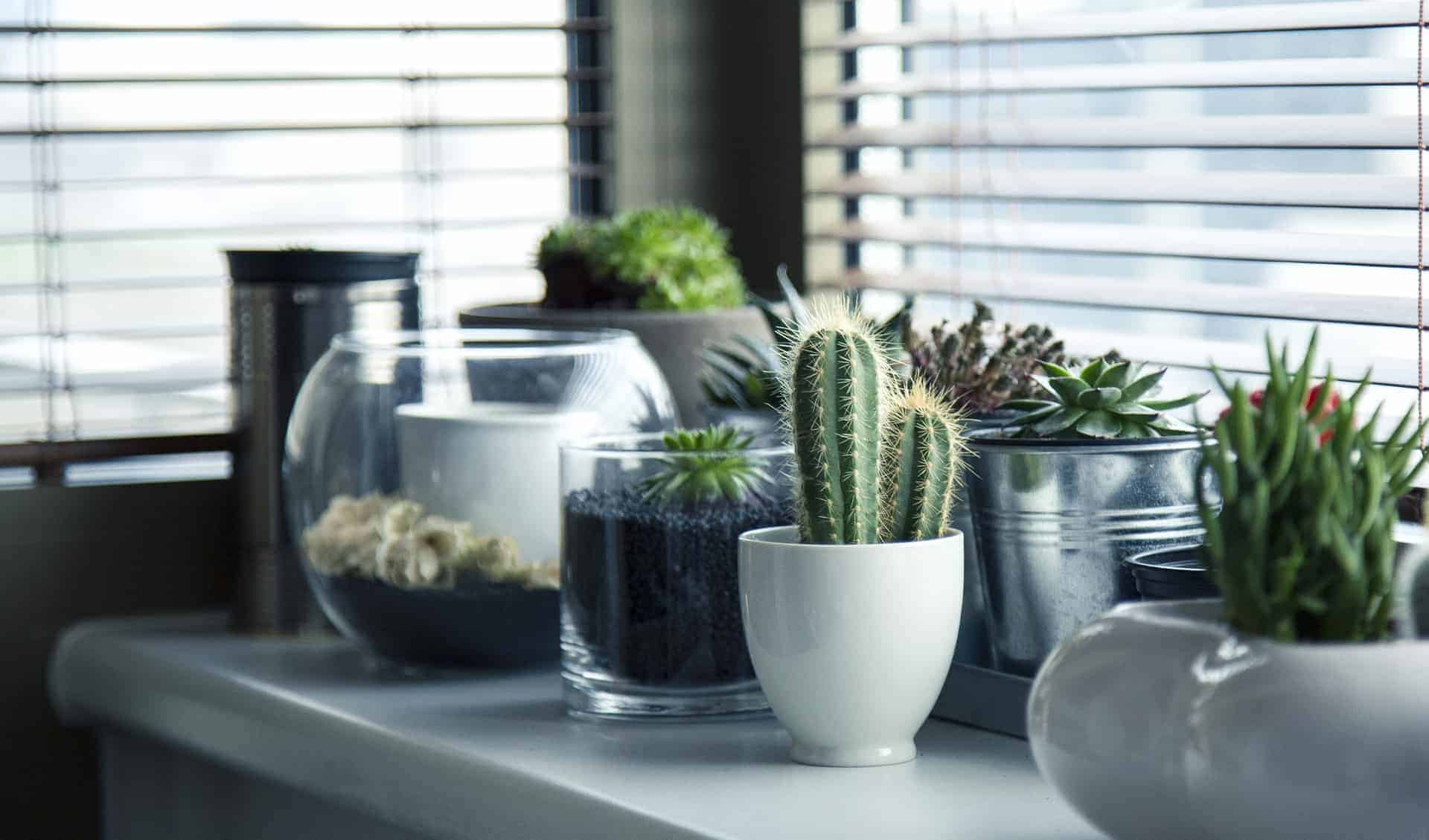
Another simple way to reduce stress is to invest in an oil diffuser. Essential oils such as lavender and lemon smell wonderful and lift the atmosphere of your home. Although there is little scientific evidence to show that aromatherapy reduces stress hormone levels, a few studies have consistently shown improvement in mood. This form of stress mitigation should be used in tandem with the other suggestions in this article.
Fatigue can be just as much of an obstacle to good health as stress, and often the two are related. This lingering tiredness can be caused by underlying health issues such as depression or fibromyalgia, but most people experience fatigue from daily habits and lifestyle factors. Slight changes in the lighting and temperature of your home can have a huge impact on the way you feel. A recent study provided evidence that artificial or poor lighting can negatively impact cortisol levels and cause you to get sleepy earlier in the day. A home environment conducive to stable energy levels all day long should have large windows, open curtains and daylight bulbs so that your lamps can mimic daylight. Stable energy levels throughout the day are heavily influenced by the temperature in your environment. Scientists at Cornell found that, compared to an optimal room temperature of 77 degrees Fahrenheit, workers performing in 68 degrees or below made 44% more mistakes. This is because your focus is on keeping warm and you have less energy to utilize toward your health. Keep your thermostat around 77 degrees during the day to feel like your best self.
Food and Exercise
Eating well and staying active are two of the major components of creating a healthy life. After you have reduced the clutter and improved the temperature and lighting in your home, you should have more energy and be in a consistently better mood. Once you feel good in your home, it is time to take the next steps to creating an environment conducive to your health.
You don’t have to go on a diet or a cleanse to improve your health. Simple changes around the house will impact your daily habits so that eating healthier is easy. Start with putting away your large dinner plates for the occasional party. Smaller plate sizes can make portions look larger and larger plate sizes make portions look smaller, leading us to piling more food on the plate, according to scientists at Cornell. At the grocery store, purchase a select few snacks or junk food and be sure to keep these items at the back of the pantry. If they are out of sight and hard to reach, you will be less likely to eat them. When you do pull the snacks out of the pantry, be sure to put an appropriate portion size onto a plate or into a bowl. It is easy to keep eating something overly salty or sweet when you are eating directly from the container. Lastly, keep cold, natural spring water ready to go in the fridge. Water affects your health down to the cellular level and helps keep you from overeating.

Did you know that you can squeeze exercise into your daily routine at home, using only what you already have around the house? There is often downtime while cooking a meal, most often during the wait for something to bake or boil. Utilize that ten or fifteen minutes to workout and you will enjoy your meal even more!
- Grab a dining room chair and work out your triceps with some chair dips.
- Do push-ups on the kitchen counter or some walking lunges to the garbage can.
- Lean against the nearest wall and see how long you can hold a wall sit.
- Put on your favorite upbeat music to make it fun; don’t stop dancing until your food is ready.
You don’t have to have a workout room or even a designated workout space to get your body moving. If you incorporate exercise into spaces normally designated for other activities and different parts of your daily routine, it can influence and improve those areas as well as your muscular fortitude.
Solitude and Meditation
Making time for yourself may seem like a luxury in today’s go-go-go society, but it is essential for excellent health. Solitude allows your brain to disconnect from others for a while and help you get in touch with yourself. Science has shown that getting comfortable with solitude can help you develop your creative abilities, feel less self-conscious and brainstorm ideas. Set aside a room in your home without electronic distractions for your creative pursuits. Buy a comfortable chair, some paintings of nature, and other relaxing decor to inspire less stress. If you are not able to dedicate any space to your personal time, dedicate time alone in any room in your house where you can focus on being with yourself. Confirm consent of any shared space with your family members or roommates and let them know that this is your uninterrupted solo time. Then get into the creative flow of your choice!
Your solitude space can be your space to practice meditation, as well. Meditation is a way to bring yourself to awareness of nothing but the present moment. Science has shown that this method of dropping all active thought increases happiness compared to those who pursue happiness in other ways but do not meditate. The steps on how to be with the present moment vary by practitioner, but the best basic practices are sitting up comfortably straight, relaxing your body, and breathing naturally. Whether your solitude space is its own area or a shared space, meditation can be practiced on the floor, on a cushion, or in a chair. Listen to your body and relax in the way that is most comfortable for you because discomfort will distract your mind from awareness.
Onward to Happiness
It is scientifically proven that happiness and good health go hand-in-hand. More studies have shown that happiness influences health, but health also influences happiness. Your home is your safe place and most likely the place you spend most of your time. The positive changes you can make in your home that we have provided here will reflect positive changes in your physical health and your mood. A baseline of good physical health will create the optimal environment for happiness. If your living space is safe, comfortable, and positive, you will be empowered to pursue whatever brings you joy.









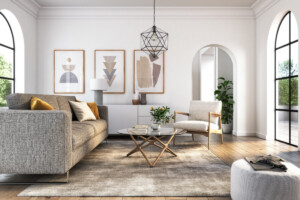

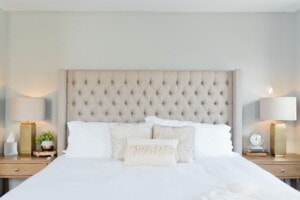
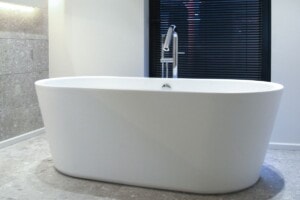














 United States
United States Canada
Canada